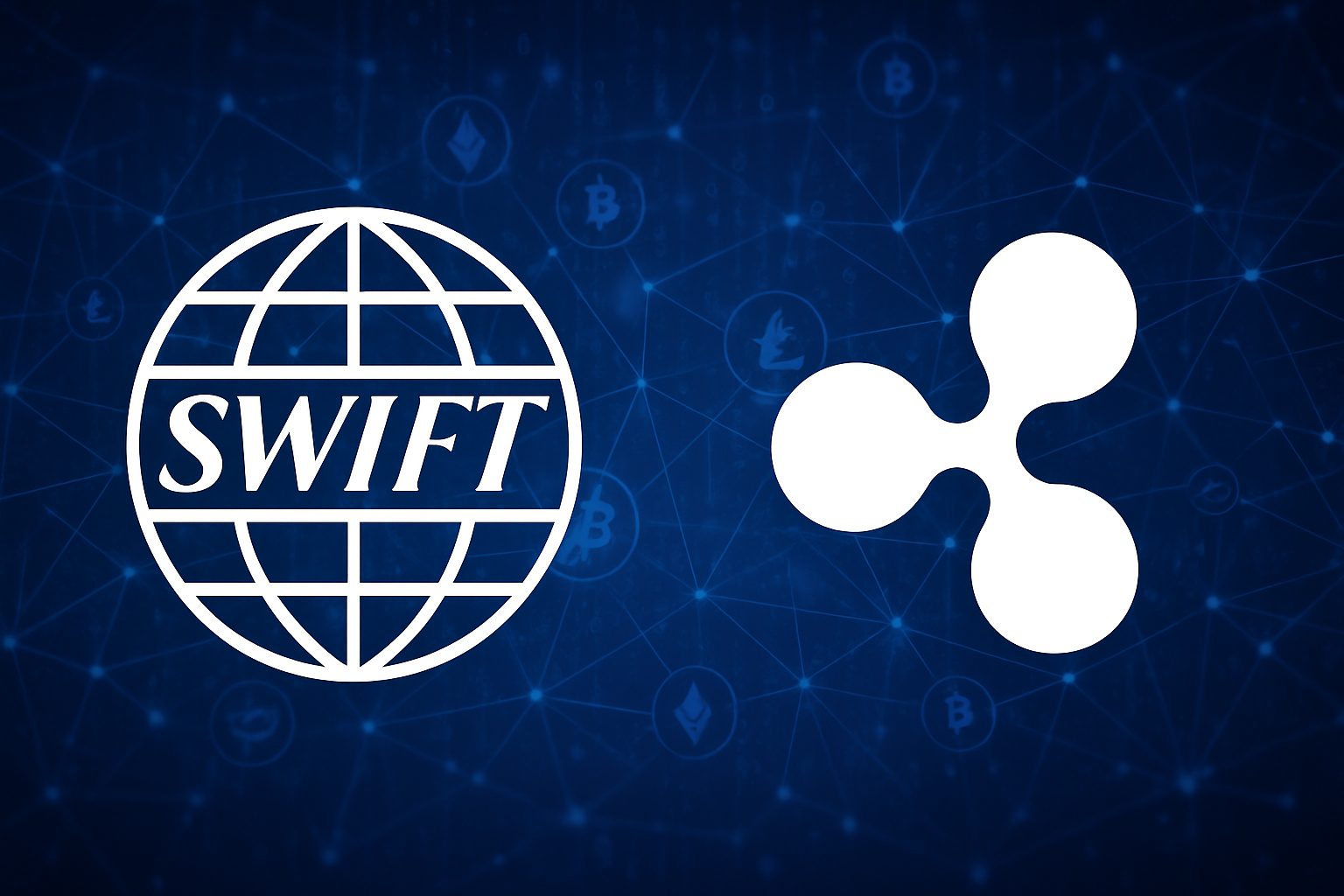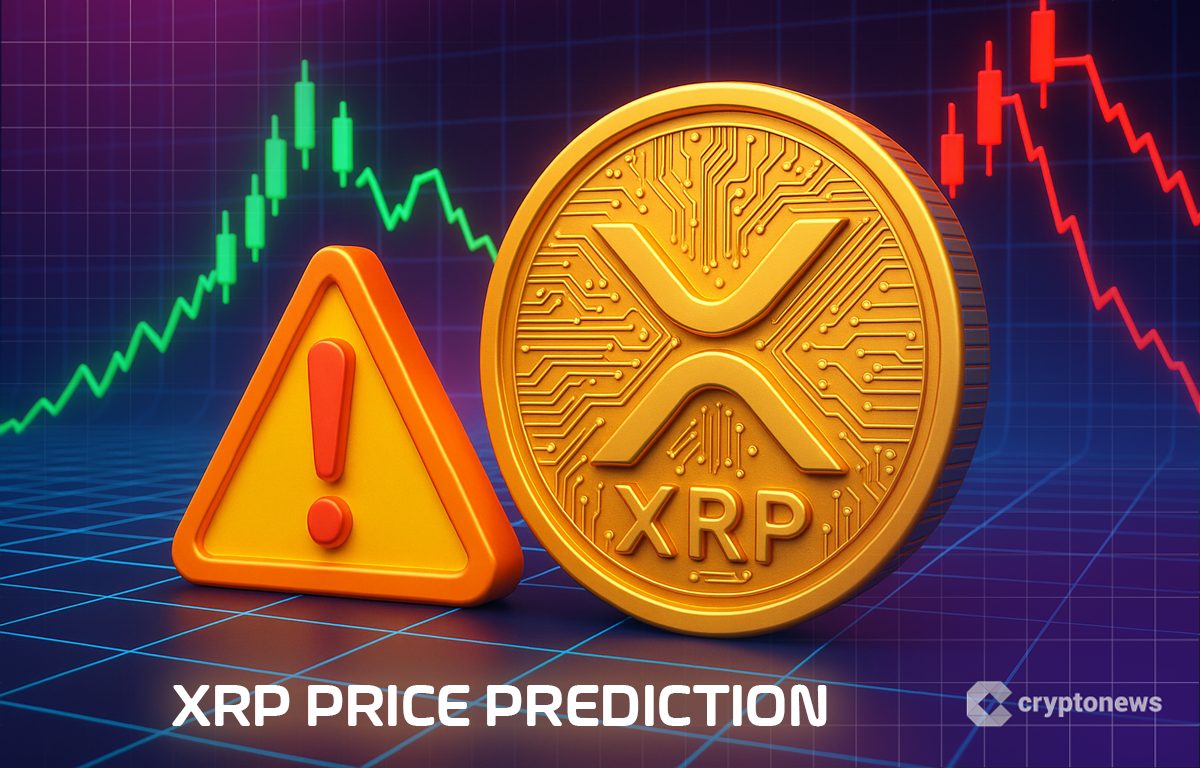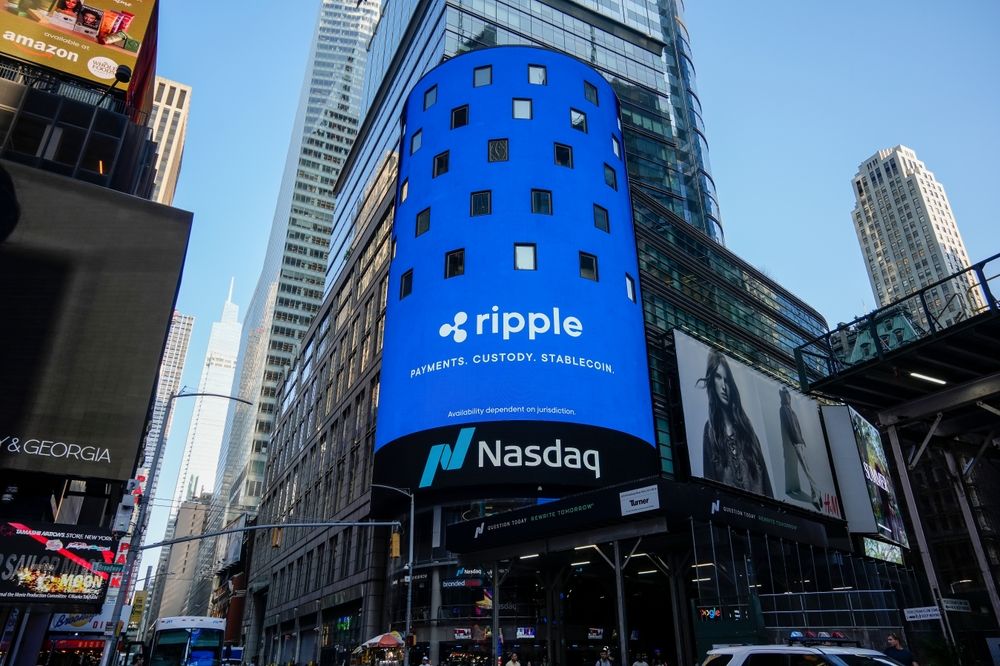Banks to Connect to Ripple Like SWIFT, Proof Finally Revealed

Right now, banks are finding ways to connect to Ripple networks in much the same way they connect to SWIFT systems, and this development is creating some interesting opportunities for the financial sector. At the time of writing, many financial institutions are discovering that they can integrate with Ripple’s technology while also maintaining their existing core banking systems.
This approach allows banks using Ripple to address cross-border payment security concerns and also reduce transaction fees significantly. The Ripple network adoption among traditional banks is accelerating because institutions can maintain their current infrastructure while gaining access to blockchain benefits, creating a favorable Ripple vs SWIFT comparison.
Yes, banks will be able to simply connect their core systems to the Ripple network in the same way they connect to SWIFT.
— SMQKE (@SMQKEDQG) May 24, 2025
Undeniable evidence.pic.twitter.com/rHBR5yoUBC
Also Read: Ripple: Should You Invest $1000 In XRP Today, To Make $1 Million In 10 Years?
How Banks Connect to Ripple Like SWIFT To Solve Fees And Security

Recent evidence from crypto researcher SMQKE has revealed something quite significant about how banks are approaching Ripple integration. The documentation shows that financial institutions can connect their systems to Ripple networks using familiar connection methods, and this is making Ripple network adoption much more accessible for traditional banks.
Technical Integration Process
The way that banks connect to Ripple networks is through an Interledger Protocol, which acts as a bridge between traditional banking infrastructure and also blockchain technology. This system allows banks using Ripple to coordinate payments over the network while maintaining their internal ledger systems, and this creates an advantageous Ripple vs SWIFT comparison for many institutions.
Central banking authorities have been studying this technology closely. BoE, in its research on distributed ledger technology, noted some important limitations:
The Bank of England stated:
“The Bank has decided not to build the renewed RTGS service on Distributed Ledger Technology, in light of its findings that the technology is not yet sufficiently mature to provide the exceptionally high levels of robustness required for RTGS settlement.”
Addressing Banking Concerns
The process of how banks connect to Ripple systems addresses several key institutional concerns about blockchain adoption. This approach resolves fears about privacy, scalability, and also regulatory approval challenges. Banks using Ripple can enhance cross-border payment security without requiring complete system overhauls, which makes the technology much more appealing to traditional institutions.
Marcus Treacher, who previously worked at both Ripple and HSBC, provided insights into the future of this technology:
Marcus Treacher stated:
“A single blockchain is not viable, the future is in different currency blocks with Ripple an interconnection.”
Also Read: Global Financial Authority IIF Endorses XRP as Swift Alternative for Payments
Cost and Speed Benefits
Banks using Ripple are experiencing significant advantages in transaction processing right now. While SWIFT payments can take several days to process through correspondent banking relationships, Ripple enables near-instantaneous settlements using XRP as a bridge currency. This creates a very favorable Ripple vs SWIFT comparison for both speed and also cost efficiency.
The Canadian central bank has also weighed in on distributed ledger technology limitations:
The Canadian central bank stated:
“Further work is required to address privacy and system scalability in particular, and these and other topics suggested by this initial work will drive the Bank’s future research programme on this technology.”
Regulatory Validation
Central banking authorities have been validating this approach through their research findings. The evidence shows that the way banks connect to Ripple networks addresses regulatory concerns while enabling cross-border payment security enhancements. This validation is supporting continued Ripple network adoption across the financial sector, and institutions are becoming more confident about blockchain integration.
Also Read: Ripple Partners With Zand, Mamo in UAE as 64% in MENA Bet on Blockchain
Multi-Currency Environment
The future architecture involves multiple currency-specific blockchain networks that are interconnected through Ripple’s infrastructure. This positioning allows banks using Ripple to operate across different currencies and also different jurisdictions without requiring every participant to use the same platform. The system creates superior alternatives to legacy payment systems while maintaining regulatory compliance.
Right now, the way that banks connect to Ripple networks through this hybrid model enables institutions to modernize their payment capabilities while preserving existing operational structures. The Ripple vs SWIFT comparison strongly favors this approach for institutions seeking blockchain benefits without complete infrastructure replacement. This method of Ripple network adoption represents a practical path forward for traditional financial institutions that are embracing blockchain technology while maintaining cross-border payment security standards.
Banks to Connect to Ripple Like SWIFT, Proof Finally Revealed

Right now, banks are finding ways to connect to Ripple networks in much the same way they connect to SWIFT systems, and this development is creating some interesting opportunities for the financial sector. At the time of writing, many financial institutions are discovering that they can integrate with Ripple’s technology while also maintaining their existing core banking systems.
This approach allows banks using Ripple to address cross-border payment security concerns and also reduce transaction fees significantly. The Ripple network adoption among traditional banks is accelerating because institutions can maintain their current infrastructure while gaining access to blockchain benefits, creating a favorable Ripple vs SWIFT comparison.
Yes, banks will be able to simply connect their core systems to the Ripple network in the same way they connect to SWIFT.
— SMQKE (@SMQKEDQG) May 24, 2025
Undeniable evidence.pic.twitter.com/rHBR5yoUBC
Also Read: Ripple: Should You Invest $1000 In XRP Today, To Make $1 Million In 10 Years?
How Banks Connect to Ripple Like SWIFT To Solve Fees And Security

Recent evidence from crypto researcher SMQKE has revealed something quite significant about how banks are approaching Ripple integration. The documentation shows that financial institutions can connect their systems to Ripple networks using familiar connection methods, and this is making Ripple network adoption much more accessible for traditional banks.
Technical Integration Process
The way that banks connect to Ripple networks is through an Interledger Protocol, which acts as a bridge between traditional banking infrastructure and also blockchain technology. This system allows banks using Ripple to coordinate payments over the network while maintaining their internal ledger systems, and this creates an advantageous Ripple vs SWIFT comparison for many institutions.
Central banking authorities have been studying this technology closely. BoE, in its research on distributed ledger technology, noted some important limitations:
The Bank of England stated:
“The Bank has decided not to build the renewed RTGS service on Distributed Ledger Technology, in light of its findings that the technology is not yet sufficiently mature to provide the exceptionally high levels of robustness required for RTGS settlement.”
Addressing Banking Concerns
The process of how banks connect to Ripple systems addresses several key institutional concerns about blockchain adoption. This approach resolves fears about privacy, scalability, and also regulatory approval challenges. Banks using Ripple can enhance cross-border payment security without requiring complete system overhauls, which makes the technology much more appealing to traditional institutions.
Marcus Treacher, who previously worked at both Ripple and HSBC, provided insights into the future of this technology:
Marcus Treacher stated:
“A single blockchain is not viable, the future is in different currency blocks with Ripple an interconnection.”
Also Read: Global Financial Authority IIF Endorses XRP as Swift Alternative for Payments
Cost and Speed Benefits
Banks using Ripple are experiencing significant advantages in transaction processing right now. While SWIFT payments can take several days to process through correspondent banking relationships, Ripple enables near-instantaneous settlements using XRP as a bridge currency. This creates a very favorable Ripple vs SWIFT comparison for both speed and also cost efficiency.
The Canadian central bank has also weighed in on distributed ledger technology limitations:
The Canadian central bank stated:
“Further work is required to address privacy and system scalability in particular, and these and other topics suggested by this initial work will drive the Bank’s future research programme on this technology.”
Regulatory Validation
Central banking authorities have been validating this approach through their research findings. The evidence shows that the way banks connect to Ripple networks addresses regulatory concerns while enabling cross-border payment security enhancements. This validation is supporting continued Ripple network adoption across the financial sector, and institutions are becoming more confident about blockchain integration.
Also Read: Ripple Partners With Zand, Mamo in UAE as 64% in MENA Bet on Blockchain
Multi-Currency Environment
The future architecture involves multiple currency-specific blockchain networks that are interconnected through Ripple’s infrastructure. This positioning allows banks using Ripple to operate across different currencies and also different jurisdictions without requiring every participant to use the same platform. The system creates superior alternatives to legacy payment systems while maintaining regulatory compliance.
Right now, the way that banks connect to Ripple networks through this hybrid model enables institutions to modernize their payment capabilities while preserving existing operational structures. The Ripple vs SWIFT comparison strongly favors this approach for institutions seeking blockchain benefits without complete infrastructure replacement. This method of Ripple network adoption represents a practical path forward for traditional financial institutions that are embracing blockchain technology while maintaining cross-border payment security standards.


